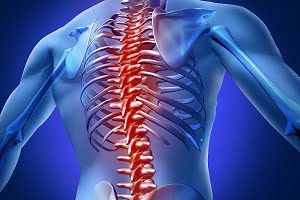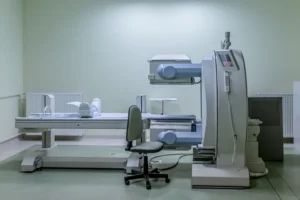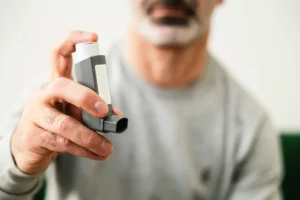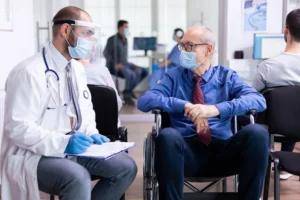What Are the Causes of Osteoporosis?
- Updated on: Jul 9, 2024
- 4 min Read
By
- Published on Sep 27, 2019
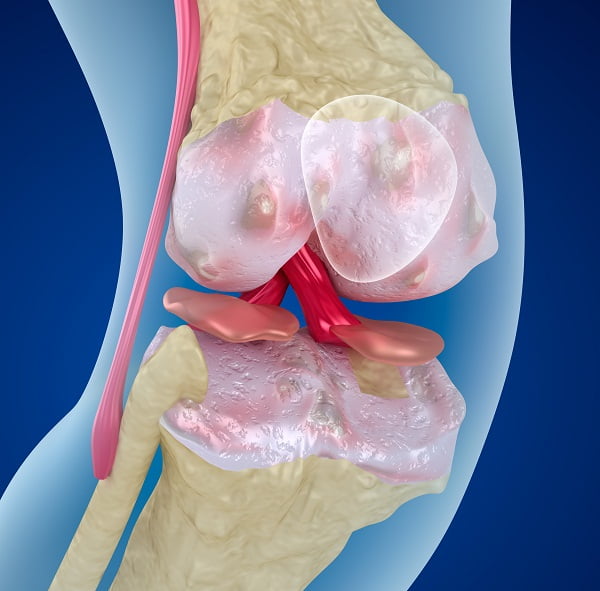
What causes Osteoporosis?
Bones undergo two constant phases— new bone is made and old bone is broken down. Osteoporosis occurs on the onset of imbalance between new bone formation and old bone resorption.

Factors causing osteoporosis are given below:
Age
Age is the biggest cause of osteoporosis. In young age, the body makes new bone faster than it breaks down old bone resulting in an increase in bone mass and bone density.
Mostly the peak bone mass of a body is reached by 20s. With age, the process reverses and the breakdown of old bone happens faster than the creation of new bone. This leads to a bone that is less dense and more fragile, and thus more prone to breakage.
Family history
About 75 percent of the bone structure is determined on the basis of genes and remaining 25 percent is influenced by other factors. Adults whose first-degree family members have had fractures are more likely to develop osteoporosis. Women whose mothers had fractures after age 50 generally have lower bone density.
Personal history of fracture
If someone has previously experienced a fracture, especially after the age of 50 years, he is at risk of developing the disease. If someone has experienced a broken bone in the past, he may develop osteoporosis because the broken bone probably decreases the bone mineral density (BMD).
Lack of hormones
Low estrogen levels in women and low testosterone levels in men may cause osteoporosis. In women, estrogen hormone plays a significant role in bone production because this hormone supports osteoblasts (bone producing cells). Thus low levels of estrogen affect the bone production process and result in a low density of bone.
Menopause and early surgical removal of both ovaries are the main reason of estrogen low levels in women. In men, testosterone hormone protects bone. When the level of hormone drops, bone loss occur giving rise to osteoporosis.
Menopause
Menopause is another primary cause of osteoporosis. Menopause occurs in women between the ages of 45 to 55 years. This involves a lot of change in hormone levels. And due to this change woman’s body lose bone more quickly resulting in low bone density and eventually osteoporosis.
Lack of calcium
Approximately 99 percent of body’s calcium is found in bone. This nutrient is essentially a building block of bone, and it helps to build the bone and maintain the strength of bone. If a person does not have enough calcium in his diet, the body extract calcium from the bones making them porous, thin and fragile.
Lack of vitamin D
Vitamin D helps the body to absorb adequate amounts of calcium from the diet. In absence of vitamin D, the body does not absorb calcium and body lack calcium. This situation gives rise to weak and brittle bones resulting in osteoporosis.
Thin and small body frame
Maintaining a healthy body weight is important for bone health. People with less weight and thin and small body frame have less bone mass. As they age the mass begin to reduce resulting in even lesser bone mass. This may cause osteoporosis.
Medical conditions
Certain medical conditions eventually give rise to osteoporosis. These conditions are described below:
Hyperthyroidism
Hyperthyroidism is a condition in which thyroid gland produces too much thyroid. This condition results in weight loss. Weight loss may be the onset of bone mass loss which again leads to osteoporosis.
Hyperparathyroidism
Hyperparathyroidism is a disease in which the parathyroid gland (a small gland located near thyroid gland) produces excessive of parathyroid hormone.
The role of the parathyroid gland is to maintain blood calcium levels by removing extra calcium from the bone. In hyperparathyroidism condition, too much calcium is removed from the bone, which can lead to osteoporosis.
Rheumatoid arthritis
For the treatment of rheumatoid arthritis, the glucocorticoid medications are prescribed. These medicines can trigger significant bone loss. In addition, the disease also causes pain and loss of joint function which results in inactivity and immobility. Thus bone loss is a direct result of the disease.
Intestinal problems
Celiac disease and inflammatory bowel disease disturbs the normal absorption of calcium and vitamin D. The reduced ability to absorb nutrients can contribute to the risk of bone health.
Kidney disease
This condition, chronic kidney disease, causes decreased activation of vitamin D. Less vitamin D results in less absorption of calcium which again results in weak bones.
Medications
Certain medications can cause osteoporosis. These medicines include:
Glucocorticoids
These are strong medications used to relieve inflammation. Examples are cortisone and prednisone
Antiseizure medications
These medicines are used in the treatment of epileptic seizures.
Aromatase inhibitors
These medications are used for breast cancer and they affect hormone levels. Examples are letrozole.
Proton pump inhibitors (PPIs)
These medications are used for a variety of conditions like indigestion and adversely affect the mineral status. Examples are Prilosec and Prevacid.
Coumadin
These medications are used for blood thinning. Examples are heparin.
Sedentary lifestyle
An unbalanced lifestyle is the root cause of many problems including osteoporosis. Some of the unhealthy habits that may give rise to osteoporosis are:
Cigarette smoking
Nicotine is found in tobacco. Nicotine has direct toxic effects on the bone cells. It also blocks the body’s ability to use estrogen, calcium and vitamin D. People who smoke suffer from low bone density.
Excessive alcohol consumption
Alcohol affects the process of bone remodeling and increases the loss of calcium from the body. An alcoholic person is always at high risk of falling.
Lack of exercise
Exercise helps in bone development and flexibility and maintains the strength of the bone. Lack of exercise increases the chance of losing calcium from the bones and developing osteoporosis.
Read about what exercises you should do if you are an osteoporosis patient: What are the Recommended Exercises for Osteoporosis Patients?







